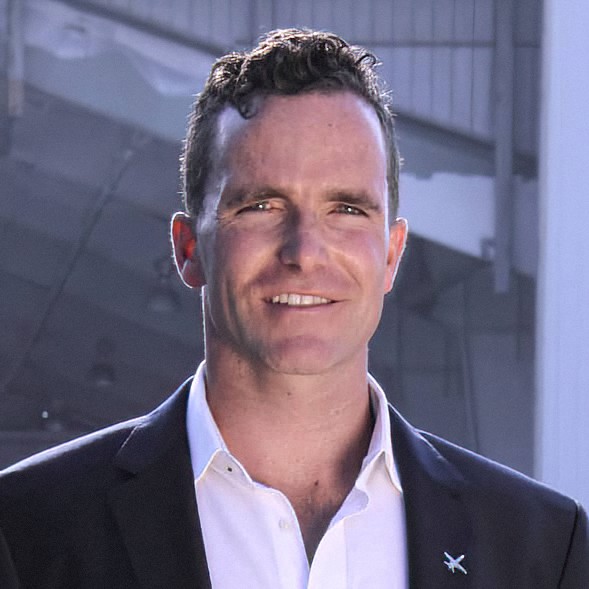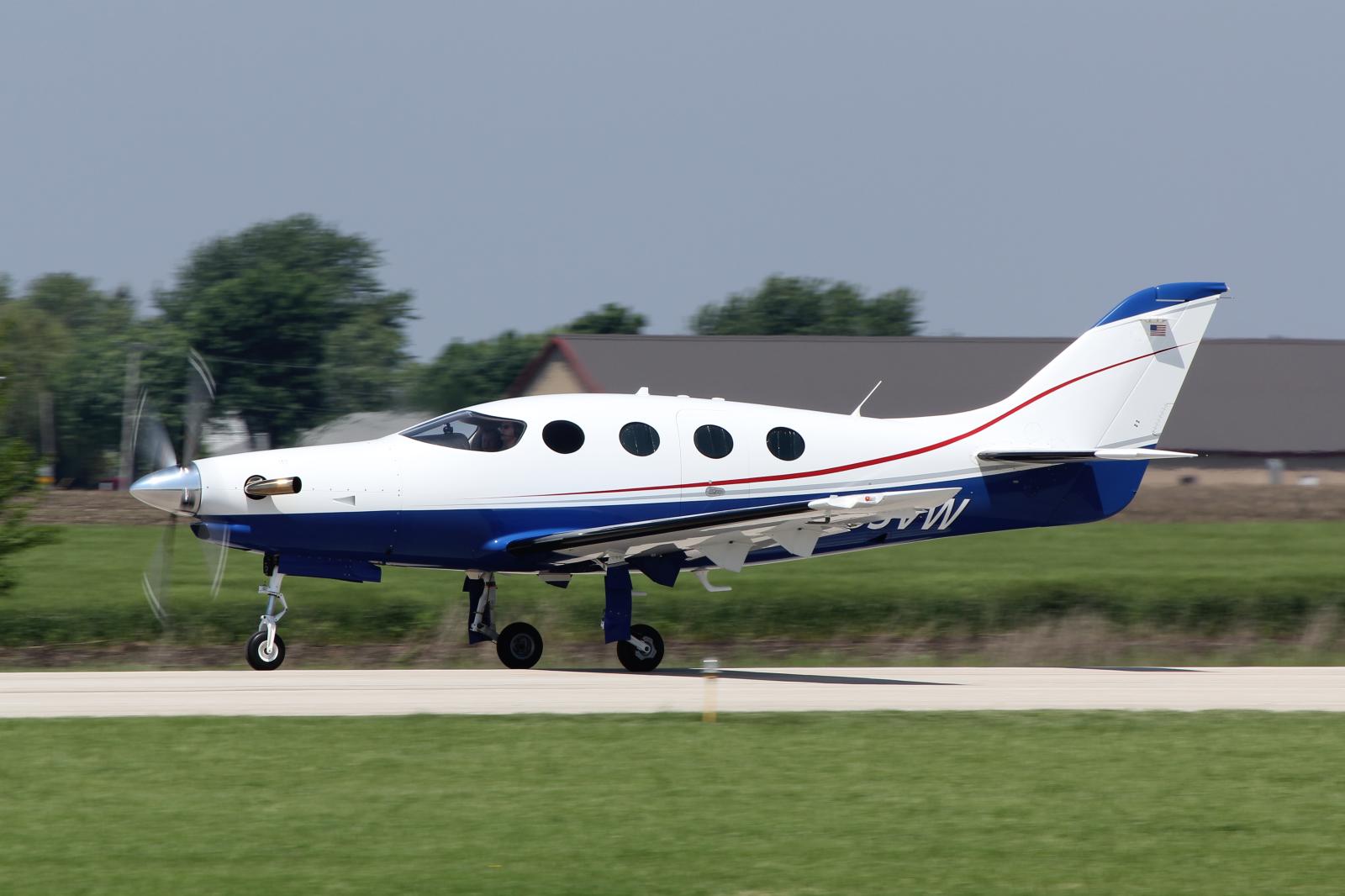Since the introduction of BasicMed as an alternative to the more stringent third-class medicals, over 80,000 pilots now fly under BasicMed. Undoubtedly, it has been a blessing to the aviation industry, especially to older pilots who were initially unable to fly.
However, the FAA has set limitations to ensure the safety of PICs flying under BasicMed. These aircraft limitations will determine if you can fly under this new privilege. Hence, it’s crucial for any pilot wanting to migrate to BasicMed to know these limitations.
What is BasicMed?
BasicMed originated from the U.S. Congress in 2016 and is an alternative to the third-class medical certificate. It permits GA pilots to fly as PICs in specific aircraft and conditions without holding an FAA certificate.
What are the Aircraft Limitations for BasicMed?
Besides the requirement for BasicMed pilots, there are also requirements for aircraft flown under BasicMed. Aircraft that meet the BasicMed requirement are called covered aircraft, and aircraft flown under BasicMed privileges must abide by the limitations. The aircraft limitations include
Occupancy
For an aircraft to fly under BasicMed privilege, it must be authorized under Federal law to carry a maximum of 6 occupants. More specifically, a PIC flying under Basicmed can carry five passengers plus the PIC, totaling six occupants.
However, you should note that the maximum occupancy doesn’t always equal the number of seats in the aircraft. Some aircraft are authorized to have 6 or 7 seats. For example, the Piper Cherokee 6 is permitted to have 6 or 7 seats installed.
Such aircraft doesn’t meet the BasicMed requirement since it can have up to 7 occupants. Even if only six seats are installed, it can’t be flown as a BasiMed aircraft.
But the FAA permits an aircraft to receive a Supplemental Type Certificate (STC) or an Amended Type Certificate (ATC) to reduce the maximum number of authorized seats to 6 or fewer. Hence, aircraft with these TC can fly under BasicMed.
For experimental aircraft, it must have a Special Airworthiness Certificate reducing the maximum number of seats to 6 or fewer.
Weight
An aircraft’s weight also has limits under BasicMed. According to the FAA, an aircraft flying under BasicMed must have a maximum takeoff weight of 6,000 pounds. Hence, the takeoff weight can be 6,000 pounds or less.
But, similar to the occupancy limitation, there’s a way out for aircraft with a certified takeoff weight above 6,000 lbs. An aircraft can get a Supplemental Type Certificate (STC) or an Amended Type Certificate (ATC) to reduce its maximum certified take-off weight to 6,000 pounds or less.
Also, pilots flying an experimental aircraft under BasicMed will need a Special Airworthiness Certificate to reduce its takeoff weight to 6,000 pounds or less.
Altitude
Although there’s no altitude limit for the aircraft, there is an operational limit for a BasicMed pilot. PICs flying under BasicMed privilege can’t fly higher than 18,000 feet MLS. So, even if the aircraft can fly higher than 18,000 feet, the pilot must fly within the limit set by the FAA.
Airspeed
Pilots flying under BasicMed must fly at a maximum airspeed of 250 KIAS. Similarly, you can fly an aircraft faster than the limit, but you must fly faster or slower than 250 KIAS under BasicMed.
Flight Operation
Pilots must not fly aircraft under BasicMed for hire or compensation. They can only be flown for personal travel and recreation. The only exception is flight instructors because the FAA considers their compensation to be for teaching, not piloting.
International Flight Restrictions
Since BasicMed is mainly recognized in the U.S., you can only fly under BasicMed privileges in another state if the state authorizes it.

Benjamin Peterson
Graduated from the University of North Dakota with a degree in Commercial Aviation as a Pilot and Flight Instructor. My first professional job was working for Cirrus Aircraft as an instructor.
